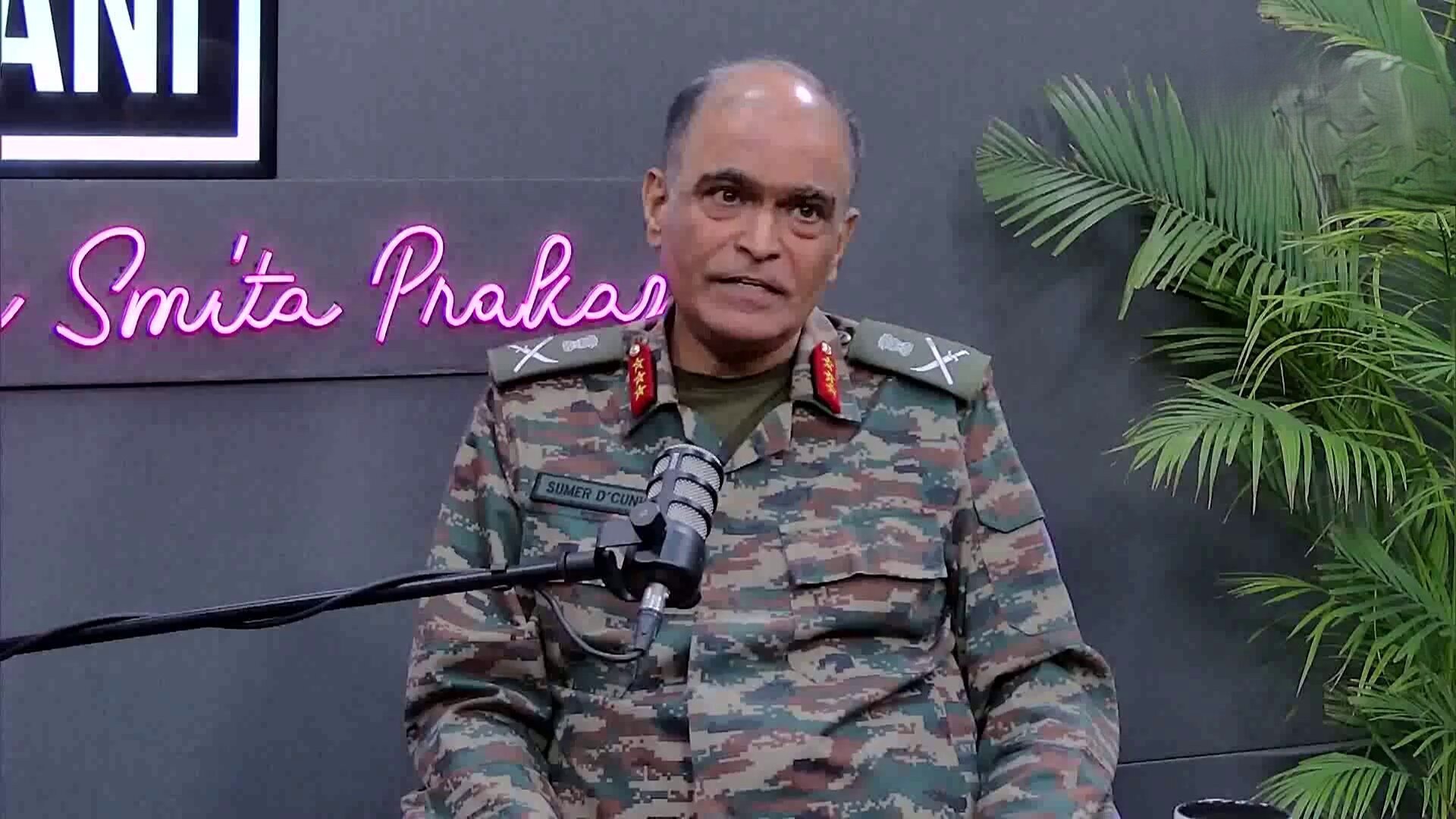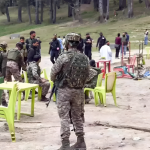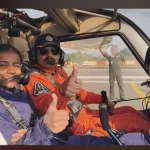The Indian Army has started institutionalising a modern war-gaming technique called red teaming, which is designed to mimic the mindset of potential adversaries in order to challenge existing strategies and improve operational preparedness. The move is aimed at staying ahead of evolving threats from adversaries like China and Pakistan.
Lieutenant General Sumer Ivan D’Cunha, Director General of Military Operations (Air Defence), confirmed the development in an interview with ANI. He revealed that the red teaming methodology has already been applied in recent internal exercises and will soon be expanded across commands. “The United States has long used red teaming, and Israel has applied it to some extent. Under the current and previous Chiefs of Army Staff, we have started to implement this in India,” he said.
Red teaming, also known as devil’s advocacy or alternative analysis, involves setting up an internal team that plays the role of an enemy force. The team assesses possible enemy actions, capabilities, and reactions in a bid to uncover weak spots in India’s military planning. It allows commanders to test their assumptions and stress-test battle strategies under near-real conditions.
The key advantages of red teaming include anticipating adversary intent, stress-testing operational plans, and avoiding the trap of mirror imaging—assuming that the enemy will behave like one’s own side. This last factor proved critical during the 1999 Kargil War, when Indian forces initially underestimated the enemy’s strategy.
Lt Gen D’Cunha explained that the Indian Army is using red teaming to model the decision-making styles of leaders like Pakistan’s General Asim Munir. This helps India understand how such adversaries might act under pressure or provocation. The red teams also simulate how tactical changes and deployments might be countered, helping Indian planners reconfigure their response strategies accordingly.
Globally, red teaming is an essential tool in US military and intelligence operations, especially for war games and high-level threat forecasting. Israel has selectively used it to predict actions by state and non-state actors in its volatile neighbourhood. Both countries have credited the technique with revealing strategic blind spots and improving response capabilities.
In India, red teaming now includes several components: cognitive profiling of enemy leadership, simulation of enemy tactics and procedures, threat modelling to uncover defence gaps, and testing of India’s response systems under simulated attacks. The aim is to increase flexibility and reduce decision-making time in a live operational environment.
With red teaming now formally embedded in the Indian Army’s planning doctrine, experts believe it could become a key pillar in national defence planning. In a rapidly changing security environment, the ability to think like the enemy could prove to be one of India’s biggest strategic assets.













